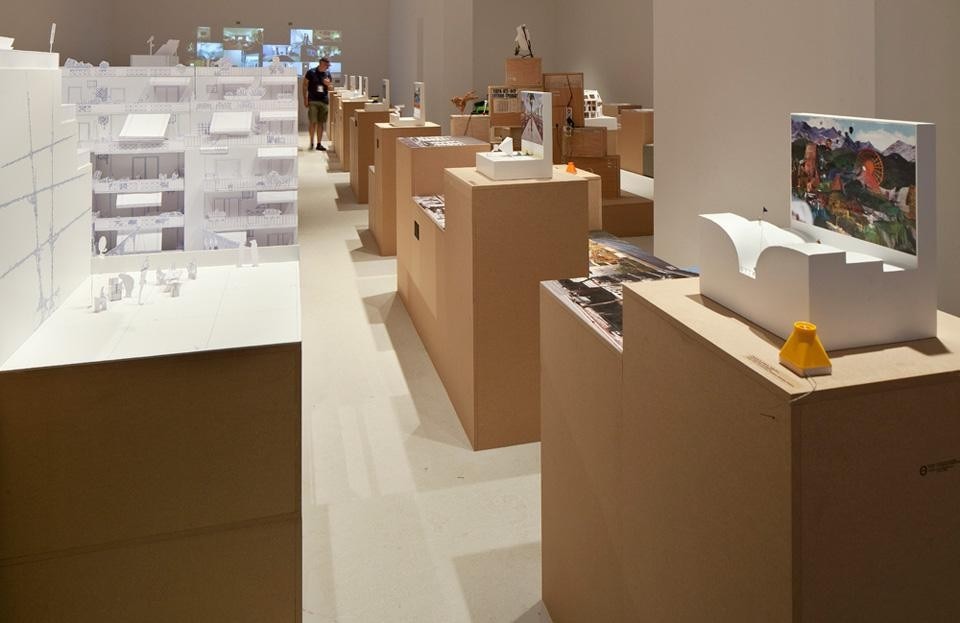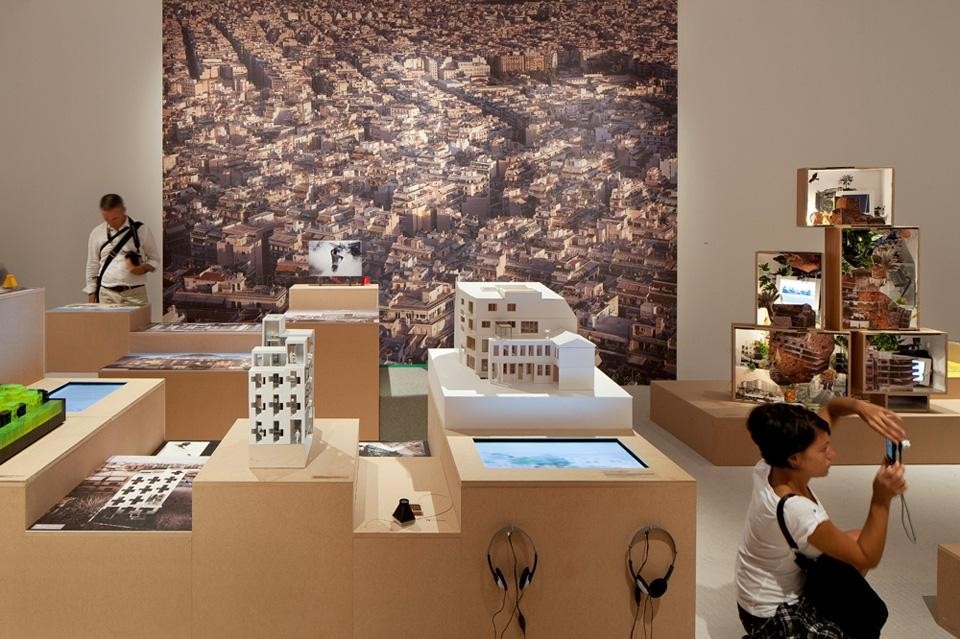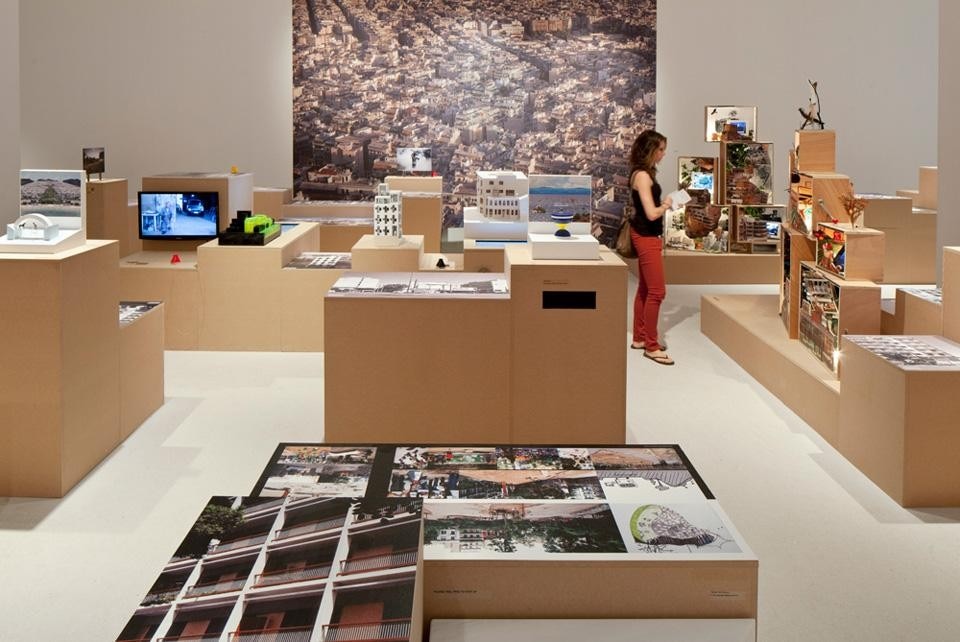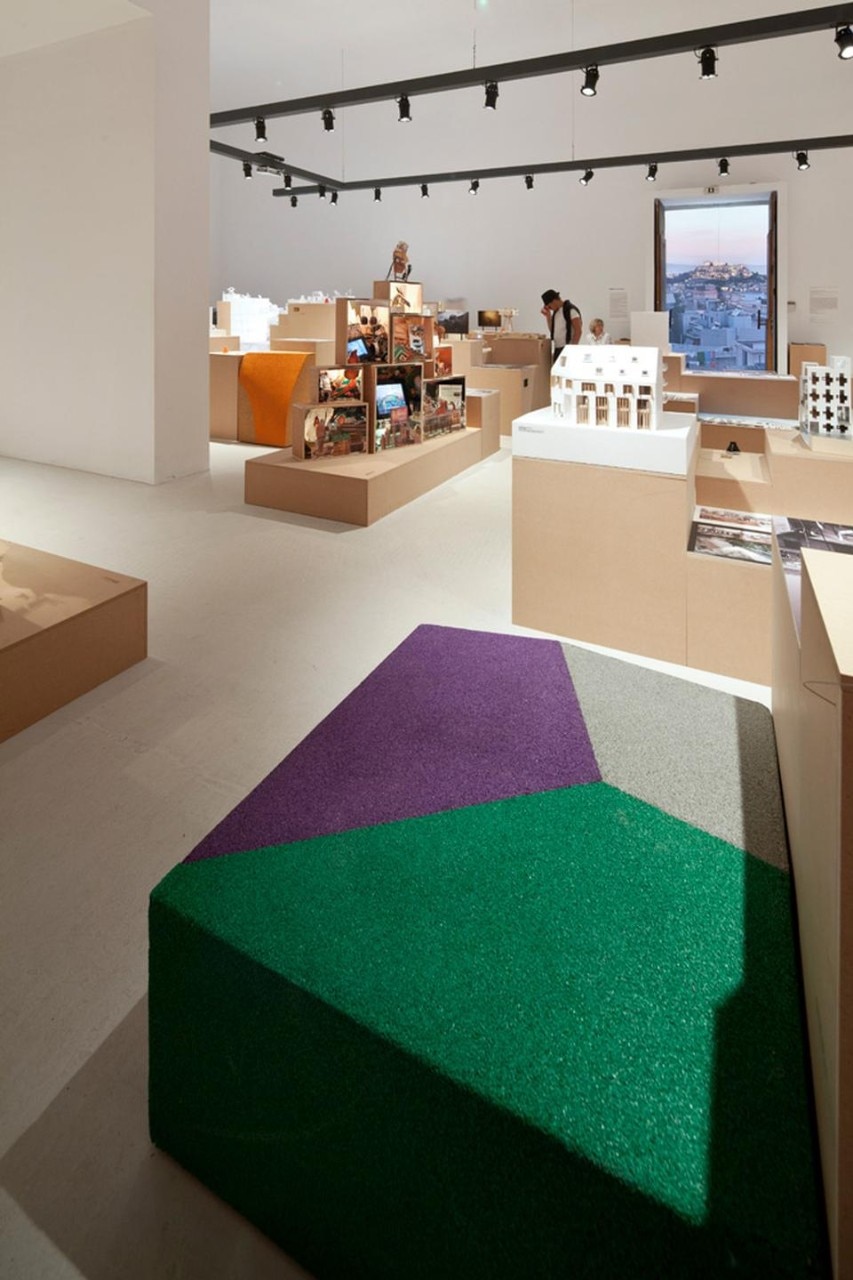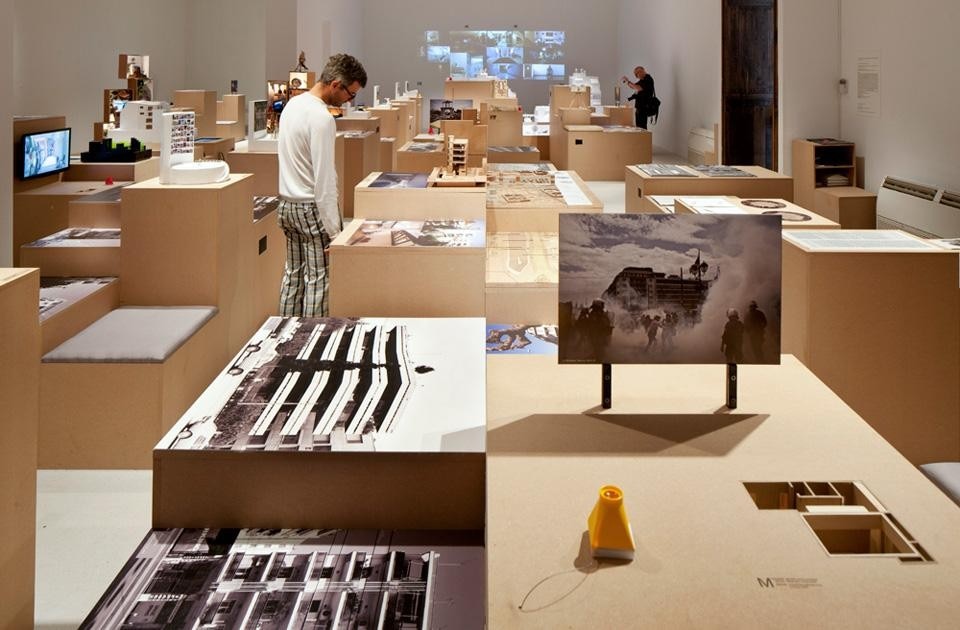"Contemporary Athens is a city of strong contradictions: It is a city whose particular identity was shaped during post-World-War-II reconstruction... A city that is expressed via the people who live there and where the game is played between public and private spaces (the recession has resulted in the halting of most State works, prompting a surge in unemployment and social hardship)... A city which has at its disposal an exceptionally talented cadre of young architects, international in orientation, well educated and with a wealth of professional experience," explain the two curators. "These architects, who have successfully exploited and benefited from the positive dynamics and information of globalisation, find themselves having to today with a level of wellbeing and professional opportunities decidedly inferior to the past... It is, however, the city that was most stricken by the current economic crisis."
"Conditions are being created in Athens to expand the links between architecture and the city..." adds Dragonas. "Furthermore, conditions are being created to bring to the forefront new ways of viewing the role of architecture, removed from the standards of well-being of the previous decade."
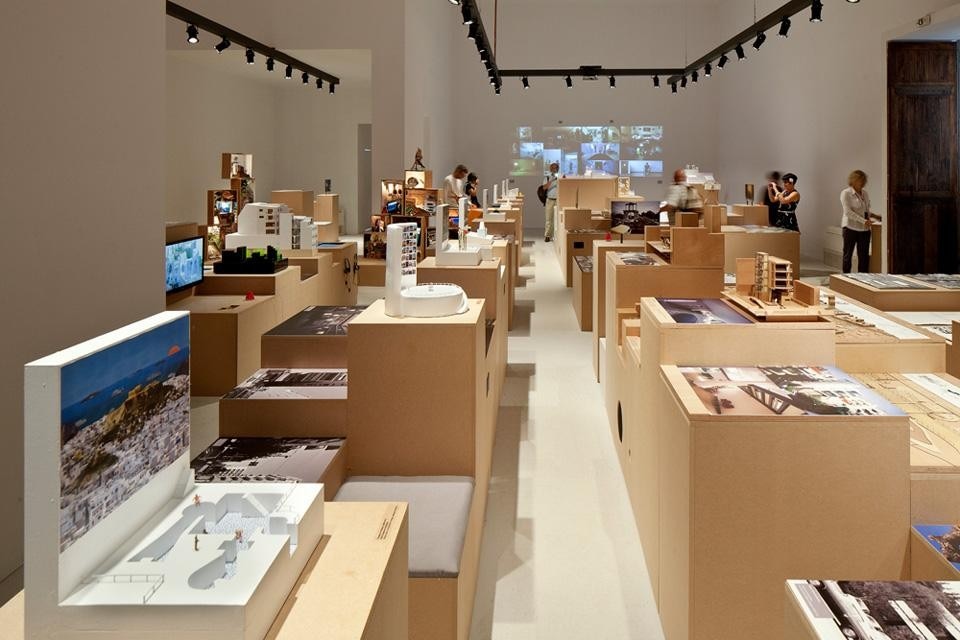
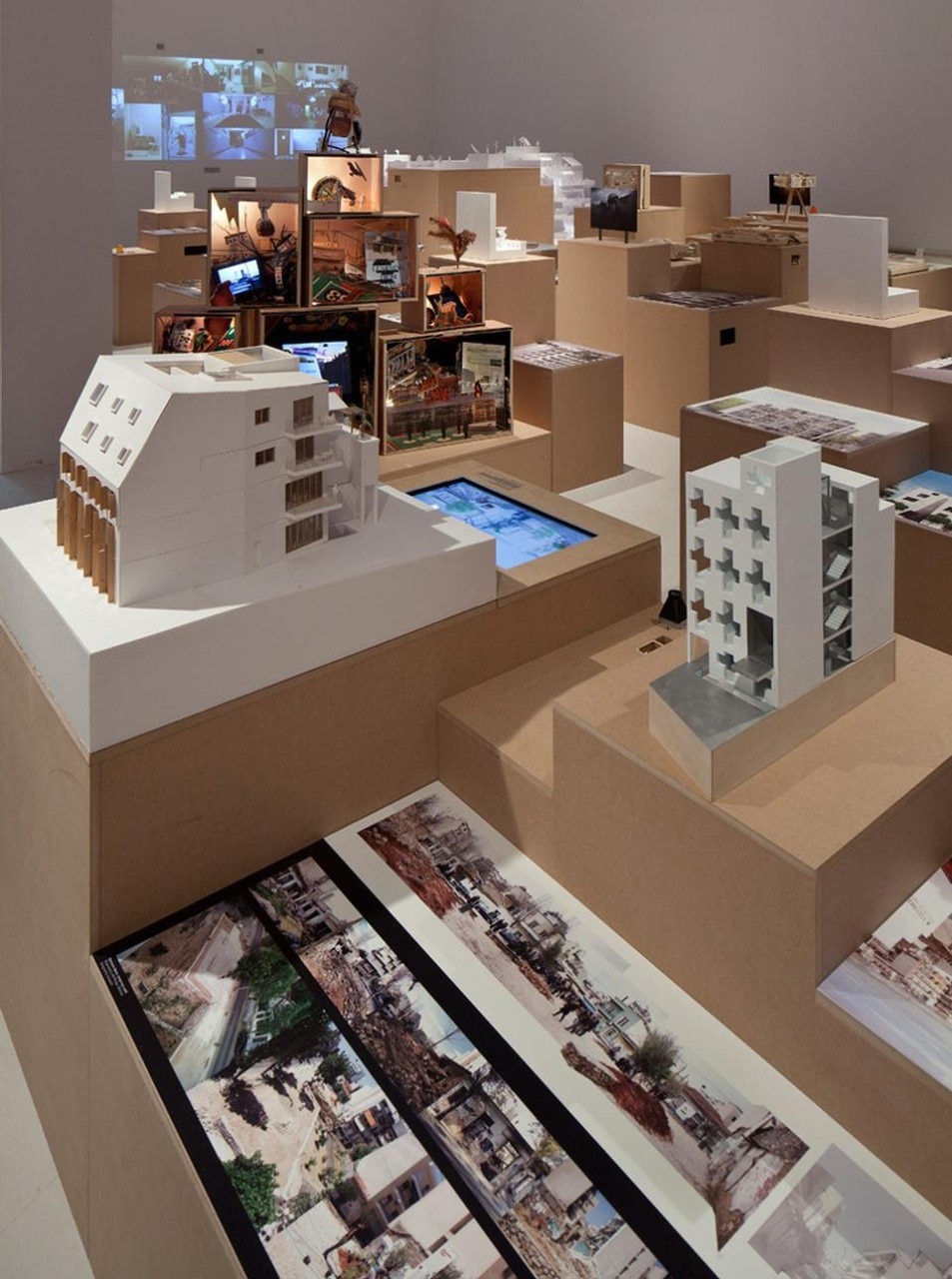
The non-practicable ones include a work by the versatile Andreas Angelidakis, a pioneer of the critical and constructive interpretation of disintegration and differentiation as a distinctive and dynamic value of the city he lives in. He believes that it is the diversity and different architectural layers that make the place unique. Considering new conditions and ways to rethink architecture —which does not necessarily have to be built but also works when making "real" suggestions —, Angelidakis reads and interprets the world through different lenses, seeking new directions. His Troll Casino project is a visual narration unfolding in the separate and parallel stories of two Modernist buildings, that symbolise the current suffocation in the Greek capital and explain how this status developed over time.
Making apparent that creativity is alive and well even, or especially, in the face of a stumbling economy, the Greek Pavilion presents a detailed and austere overview that also shows great hope for the future in its fascinating (albeit disintegrated) and striking (albeit decadent) capital
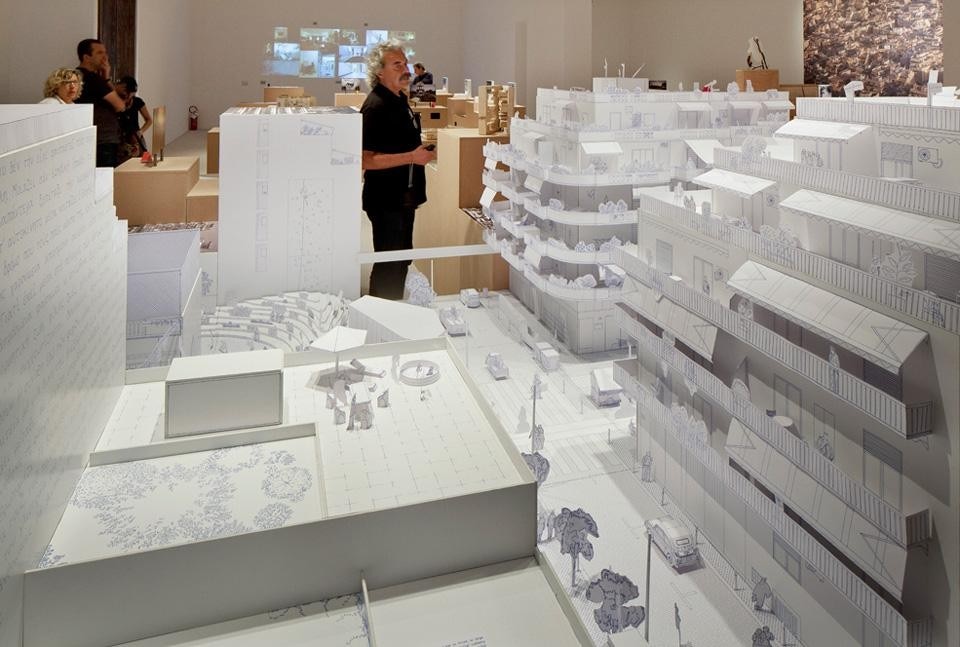
The exhibition design of the Greek Pavilion is like a 3D miniature mosaic of the capital's fragmentation, with 6 Voids – PXATHENS, a playground project by buerger katsota architects appearing here and there. At the corners of the models are six pieces of coloured children's games or play structures, confirmation that architects have not given up on radiant projects — inspired by a quest for levity that is in the nation's dynamic and genial DNA — to infect the urban soil. The entrance to the pavilion features a brightly coloured mural by the Athenian writer b., born in 1982, an architect and street artist.
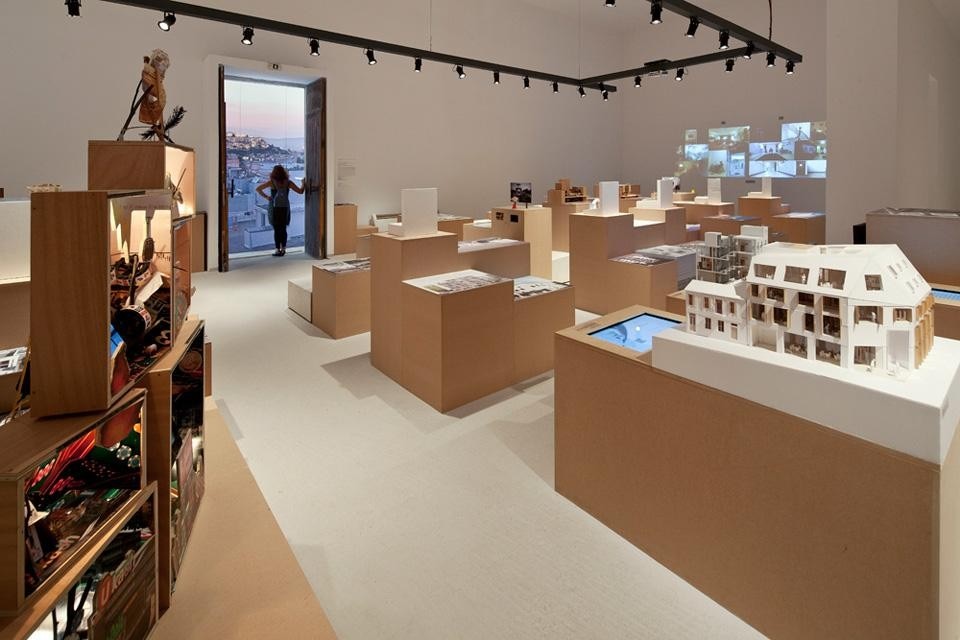
While waiting and hoping that Greece may emerge quickly from intensive care, what shines clearly through is the country's ability to clearly interpret a complex historic condition, in the hope that architecture may help improve the current situation. Contemporary Greek creativity is, you could say, in the neonatal unit. Full of life and willing, ready to make good use of other countries' contributions to be able to look forward. Maria Cristina Didero
NB: The Made In Athens exhibition at the 13th International Architecture Exhibition — Venice Biennale was jointly funded by Greece and the European Union.
